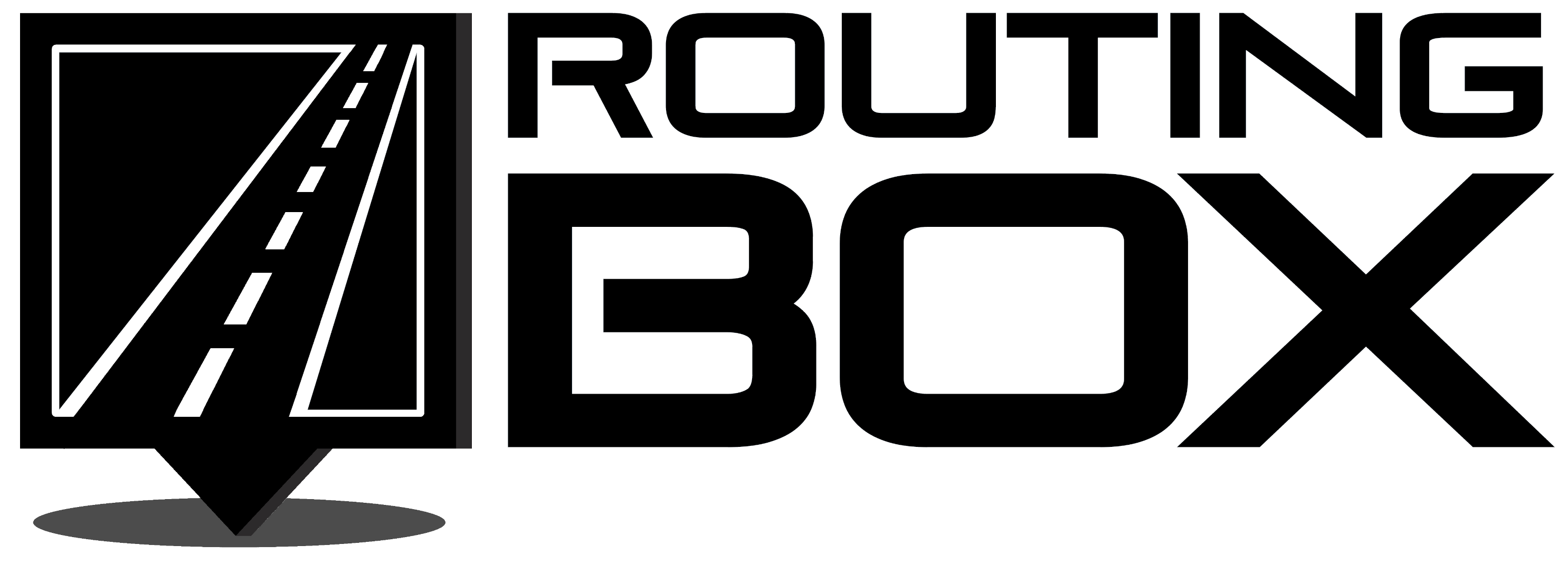BLOG
Navigating Emerging Issues for NEMT Providers
July 23, 2024
Non-Emergency Medical Transportation (NEMT), providers face a host of emerging challenges. These range from regulatory changes and technological advancements to shifting patient demographics and operational hurdles. Here’s a deep dive into the key issues NEMT providers need to navigate to stay ahead.
Regulatory Changes and Compliance
One of the most significant challenges for NEMT providers is keeping up with regulatory changes. Government policies and regulations surrounding healthcare transportation are constantly evolving, requiring providers to stay informed and compliant. The Centers for Medicare & Medicaid Services (CMS) regularly updates rules that can impact billing, service requirements, and patient eligibility. Non-compliance can lead to severe penalties, making it crucial for providers to maintain a robust compliance strategy.
Reference: The 2024 CMS Final Rule includes several updates that impact NEMT services, emphasizing the need for continuous education and adaptation by providers.
Technological Advancements
Technology is both a benefit and a challenge for NEMT providers. While advancements in GPS, mobile applications, and real-time tracking have revolutionized service delivery, integrating these technologies can be complex and costly. Providers must invest in modern dispatch systems, driver apps, and patient management software to enhance efficiency and improve patient outcomes.
Reference: According to a recent study by Allied Market Research, the global NEMT market is expected to reach $31.51 billion by 2027, driven largely by technological innovations.
Workforce Management
Recruiting and retaining qualified drivers is another pressing issue. The demand for skilled NEMT drivers has surged, but the industry faces high turnover rates due to job stress and competition from other sectors. Providers need to implement effective recruitment strategies, offer competitive wages, and create supportive work environments to retain their workforce.
Reference: The Bureau of Labor Statistics reports that the employment of drivers, including those in NEMT, is projected to grow 5% from 2022 to 2032, highlighting the need for effective workforce strategies.
Patient Demographics and Needs
The demographic landscape of NEMT users is changing. An aging population, rising chronic disease rates, and an increase in mobility-impaired individuals mean that providers must adapt their services to meet diverse patient needs. Customizing transportation solutions and training staff to handle various medical conditions are essential steps in addressing these demographic shifts.
Reference: By 2030, the number of Americans aged 65 and older is projected to exceed 74 million, increasing the demand for specialized NEMT services.
Financial Pressures
Financial sustainability remains a critical concern. Balancing operational costs with reimbursement rates from Medicaid and other payers can be challenging. Providers must optimize their operations to reduce costs while maintaining high service quality. This often involves leveraging data analytics to streamline routes, reduce idle times, and improve overall efficiency.
Reference: A report by the National Conference of State Legislatures highlights that Medicaid is the largest payer for NEMT services, covering approximately 90% of trips, which underscores the financial dependency on Medicaid reimbursements.
Customer Experience
In an increasingly competitive market, patient satisfaction is paramount. NEMT providers must focus on delivering a seamless and positive experience. This includes ensuring timely pick-ups and drop-offs, maintaining clean and well-equipped vehicles, and providing courteous and compassionate service.
Reference: A survey by the Medical Transportation Access Coalition found that 92% of NEMT users were satisfied with their transportation services, but there is always room for improvement, particularly in reducing wait times and improving communication.
Conclusion
NEMT providers are at a crossroads, facing a mix of challenges and opportunities. Staying informed about regulatory changes, embracing technological advancements, managing workforce issues, adapting to patient demographic shifts, navigating financial pressures, and enhancing customer experience are all critical for success. By proactively addressing these emerging issues, NEMT providers can ensure they continue to deliver vital services to those in need.
Find out more by speaking to our Team of Experts at routingbox.com
Ready for a Test Drive?
From the beginning, RoutingBox has remained committed to removing barriers for transportation companies attempting to provide access to healthcare and community services. Now, we want to help you.
